There is a lot going on at Oud Beersel, the lambic brewery and blendery that Gert Christiaens has taken from a closed brewery in 2002 to an international success in 2018. Gert, his father Jos, and others on the Oud Beersel team revived the beloved brewery and site after a three year closure from 2002-2005. Since 2005, Oud Beersel has created many innovative, delicious lambic beers, and as well have used to technology to help promote and protect lambic’s heritage.
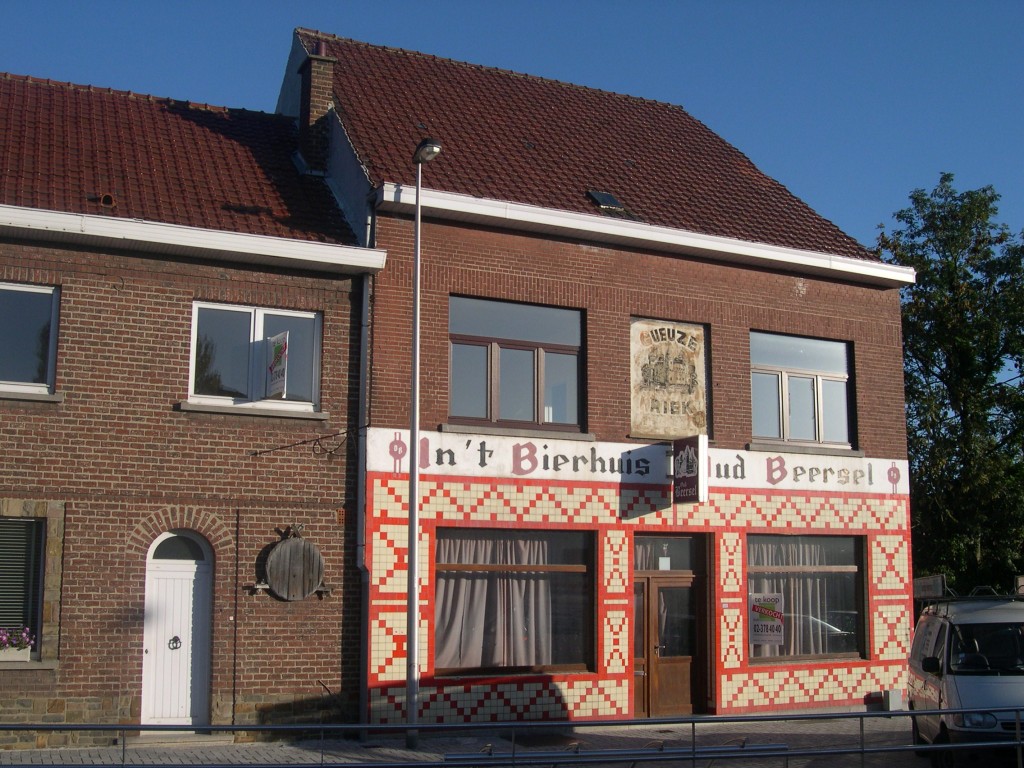
Gert has also had valuable help since early 2007 from a group called “De Geuzen van Oud Beersel” a non-profit organization of beer lovers that want to help educate consumers of lambic, as well as to help promote and protect Oud Beersel’s heritage and lambic itself. This group has been giving guided tours of the brewery for many years, and also organizes lambic blending workshops. From their website: “We are a group of enthusiasts who promote the lambic beers and protect their traditions. Each month, the members meet each other for instructive but pleasant activities, ranging from seminars on the history of lambic beers, to blending our own geuze. In ‘The Geuzes of Old Beersel”, our active members participate in working groups, working as the guides for brewery visits, the curators of the museum, and helping hands on our activities and those of brewery “Oud Beersel.” Visitors discover the wonderful world of spontaneous fermentation and members get actively involved with the ins and outs of a dynamic lambic brewery.”
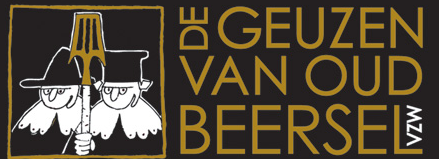
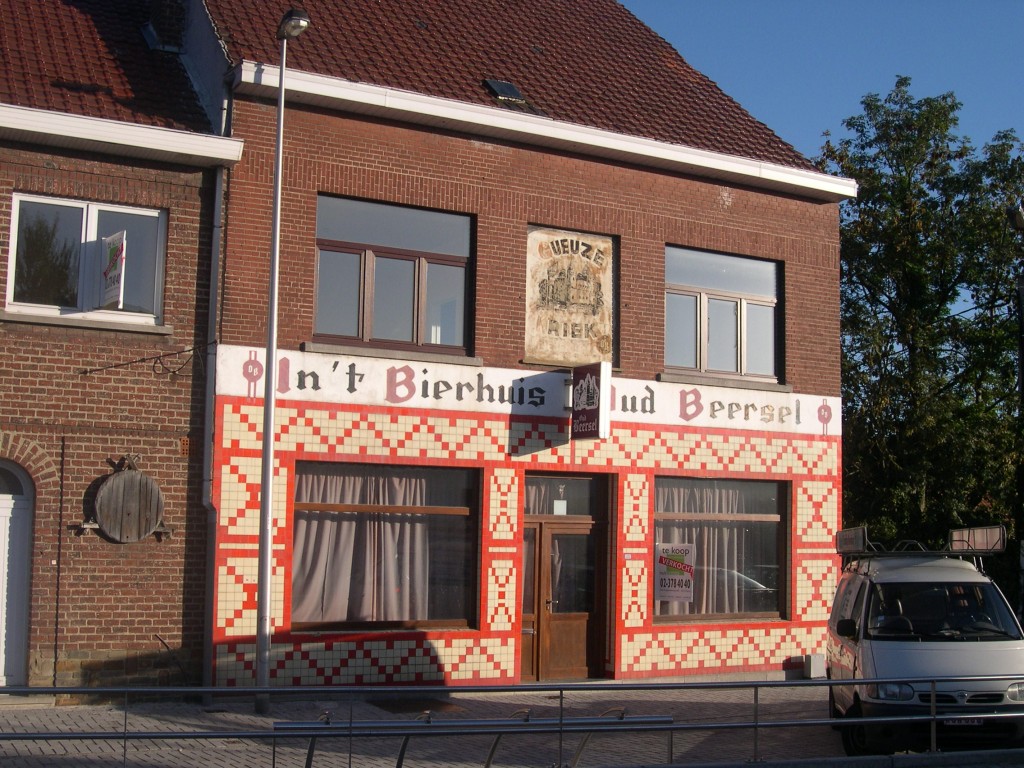
That’s not all. The news keeps getting better and better! Oud Beersel’s iconic cafe, In ‘t Bierhuis Oud Beersel, was sold to new owners in 2003 by Danny Draps, the nephew of brewer/owner Henri Vandervelden. Draps had continued to run the brewery when Henri retired, and he inherited the bar from his mother, the sister of Henri. Draps ran the bar together with his wife until they sold it to the new owners, who converted it to a flower shop. It remained so until late 2017, when the shop was closed and the owners offered to sell the property to Oud Beersel. “We happily agreed to buy the old cafe back, of course, because it is part of the history of this brewery, Oud Beersel. Now, we will refurbish the cafe a bit, and then we plan to reopen it by the end of 2019,” Gert remarked during my visit on August 29th of this year.

As we toured the old cafe, Gert remarked: “As you can see,” he continued, “the original bar and ceramic taps, and the wood paneled walls, still exist. So what we will do here at In ‘t Bierhuis Oud Beersel will be along the same concept as we do with our beers and packaging: a mix of old and young. While we are historic brewery, dating originally to 1882, we, the new owners, are young and forward thinking. We have created many new beers and innovated with numerous things over the last 13 years, such as doing a lot of bag in box lambics, which have been very successful. You will see some new 3 liter bag in boxes today, in fact.”

Gert added: “We don’t aim to create hype around Oud Beersel, what we want to do is educate consumers about lambic beers, our products, and help insure the survival of both this brewery, and of the lambic style of beers itself. Reopening the cafe will help us reach many more consumers locally, as well as beer lovers who travel to Belgium to enjoy our beers. Currently, our shop and small tasting room are only open from 9 am to 2 pm on Saturdays, and during pre-arranged tours. We plan to open the In ‘t Bierhuis cafe for 3-4 days a week, and make it a place where anyone can taste our brews. Everyone will be welcome here.”
Note that the Oud Beersel shop has a very big selection of their beers, as well as glassware, t-shirts, chocolates, and more.


Anyone who has seen photos of the outside of the iconic cafe-with its beautiful red and while tiles-may wonder if the cafe will revert to its former glory, at least from the outside. The good news is that the owners of the flower shop merely painted over the tiles and name of the cafe. Gert commented: “We hope that conservators/experts in the restoration field can restore these tiles and name of the cafe to its former bright and beautiful former glory. Time will tell.”

The former owners of the flower shop/building still have the use of the space for storage until sometime in January 2019, so the refurbishing of the cafe will begin after that. There is also a patio out back that Gert hopes can be used once reopened (in Belgium they call it a terrace) and also enough space that cyclists will be able to lock up their bikes, and have a beer. “We will probably offer small plates of food. Nothing like a full menu, but things like local cheeses and more,” he remarked.

As if this wasn’t enough good news, there is more. Directly attached to and between the cafe and brewery is the home of former owner/brewer Henri Vandervelden, who passed away in February 2018. Gert remarked: “When we bought the brewery in 2005, we made an agreement with Henri that whenever he no longer lived in the house, that we could buy it. So we did buy this house this year. It’s not really historically significant to the brewery, as it is a 1950’s-1960’s house, and was not really ever part of the brewery itself, but we needed it for space, as we are in a residential neighborhood here, and don’t have much room to grow. So we will either modify this house to fit a new brewhouse in the future, probably of 20 hectoliters, or possibly tear down the house and add a new building where you can see in through windows to the brewery, where we will be brewing lambic beer.”
As to the planned size of the brewhouse, Gert had this to say: “I know 20 hectoliters (about 17 U.S. barrels) is not a huge brewhouse, but the bottom line is that we are a small operation here in this residential neighborhood, so we are never going to be a large brewery. We just don’t have the space. I prefer to stay fairly small as well.”
Gert added: “As you know, we have been sourcing all of the wort for our lambics from Brouwerij Boon, produced according to the recipe of Oud Beersel, since we reopened the brewery. We only use Oud Beersel lambic, aged in our own barrels, to produce our lambic beers. We cannot use the former old brewery here, as it does not meet the current food and safety regulations in Belgium. So, it remains as a nice piece of history. A new brewery is what we are looking to add, once we have enough money to do so. This could be in 3 or 4 years, as we have invested a lot of money in real estate in the last couple of years.”
“Let’s walk out back of the brewery,” Gert said. “We bought the fields behind the brewery in the last couple of years as well. As you can see, we have planted many cherries trees back here. There are 165 trees so far, all of the Schaarbeekse cherry variety, and we will plant another 75 this September, to bring the total to 240 trees. We are doing an experiment with different varieties of Schaarbeekse cherry trees to see which one is the most resilient and resistant to external forces.”


Gert added: “We hope to add a little beer garden out here right next to the orchard, so in the future you should be able to drink a kriek beer here. We feel that will be special, and rather unique, to be able to drink a Schaarbeekse kriek in a field of Schaarbeekse trees.” No doubt about that, what a great idea!
See this video above for a discussion of the bombardment of Beersel castle in 1489, and of future plans to work with the castle on joint tours.
Gert continued: “Also, there is something else of interest that happened in the field behind this one, which we purchased in the last couple of years. Archaeological research has shown that the bombardment of Beersel castle, which happened in 1489, likely took place from this area. The army from Brussels that bombarded the castle had their cannons situated here when they shelled the castle. Let’s go inside and I will show you a diorama of the castle and bombardment.”
Gert remarked: “In the future, we will be able to work with the Beersel castle and add more touristic activities, where you can visit the brewery and the castle together on a tour.”

Now, let’s talk about the present for a bit. Oud Beersel just started using a new 3 liter bag in box in the last few weeks, and Gert said they have been very successful so far. Oud Beersel has filled bag in boxes with Oude Vieux Lambiek (with one year old, or older, lambic) Kriekenlambiek, Oude Vieux Faro, Rabarber (Rhubarb) Lambiek, and Rozen Lambiek. Others will likely follow. There’s even more good news…we should see some of these new bag in box lambics in North America!
Here are some videos that explain the features of this new type of bag in box:
Luckily, my nearly end of summer trip also afforded the opportunity to see some fresh cherries, of the Frederiksdal kersen variety, from Denmark. “We will use these in a future kriekenlambiek,” Gert remarked as he opened a container. “They are very intense and full of flavor,” he added.


Gert then showed me to the top floor foeder room, a former attic of the brewery, where Oud Beersel has added a number of 120-hectoliter (102-barrel) foeders in the last couple of years. “I know you have visited this foeder hall a few times, even before we had any barrels up here, but I wanted to show it to you now that it’s completed and we have some experiments going on. One of these barrels, Foeder number 2, was filled in January 2016 (Note: January 27, 2016 to be exact!) so we will use the three year old lambic from this one in early 2019 as part of a special geuze. This geuze will likely be released during Toer de Geuze 2019 in May, if all goes well.”

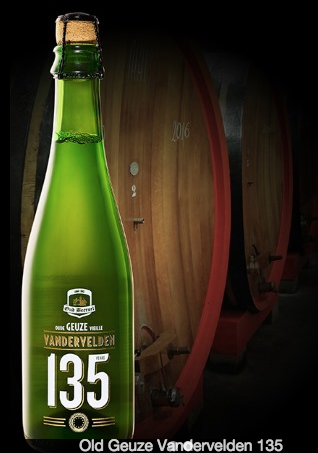

Gert also discussed some special beers crafted in the last couple of years: “We created Oude Geuze Vandervelden 135, which was released just before Toer de Geuze in 2017. This one was only packaged in 37.5 cl bottles, and it is a unique blend of one year old lambic matured on foeders from Tuscany, Italy, that were used for thirty years to mature the famous Brunello di Montalcino wine, and a three year old Lambic that matured on an old Oud Beersel foeder.”
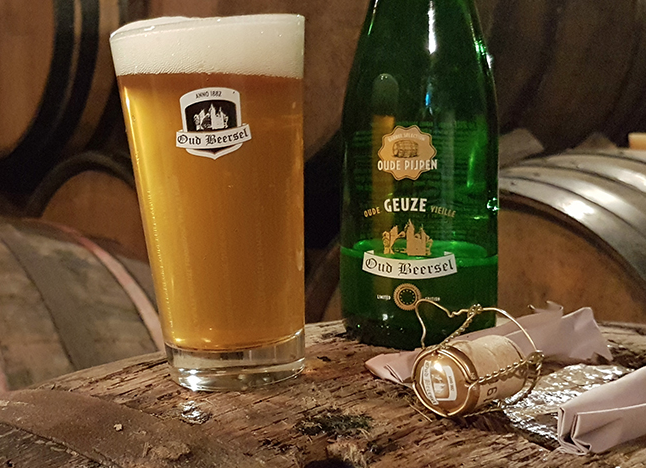
Gert continued: “The first brew in our ‘Barrel Selection’ is Oude Pijpen Oude Geuze. Let me tell you a little background history: In the past, port wine was shipped from Portugal to the ports of Bruges and Antwerp in wooden barrels of about 650 liters, called ‘pipes.” It was too expensive to send empty barrels back to Portugal, so these barrels were sold locally after being emptied. Some of these wooden barrels were purchased by lambic breweries, and lambic was matured in them for several generations. Some of the barrels circulated between various lambic breweries, some of which at some point went out of business, before the barrels found their final destination in the cellars of Oud Beersel. These barrels are between 60 and 120 years old, and give a character of old wood combined with expressive flavors of traditional lambic.
Pijpen means pipe in Dutch.
After our tour, Gert also invited me to taste the newest Green Walnut, Vintage 2018. I have been very fond of this brew since it debuted in 2015. Gert gave me a taste of the base that is extracted from the green walnut fruits, and it was very bitter. The finished product, however, is smooth, lightly tart, and with a mild fruitiness and pleasing complexity. I highly recommend this version, as I did previous vintages. See the videos below for more detail.
Gert and I also tasted the Bersalis Grand Cru 2018, an interesting blend of tripel and acidified lambic. See the video below for more details.



As if my visit wasn’t going as well as it could be, a delivery of special barrels arrived, so we put the tasting on hold while Gert and a colleague took delivery and maneuvered the barrels into the brewery space. The 12 barrels delivered that day were all from barrel maker J. Dias of Portugal, and formerly held Port Wood Whiskey, Madeira, and Ruby Port. We opened the bung holes on some of the barrels, and the aromas emanating from them were fantastic. “We will mature lambics in these barrels to make special beers,” Gert remarked. “Some may be bottled, and some may end of in bag in boxes. We will likely age these lambics for a period of at least three months, up to a year,” he added.


Once the new barrels were inside the brewery, Gert had something “new” to show me: the actual cellars of the brewery, below ground level, where bottles of geuze and kriek used to be stored/aged. “I know you have visited Oud Beersel at least nine or ten times since not long after we reopened in 2005, but you have never seen this,” Gert said, smiling, as we walked into a corner of a foeder room, and a doorway came into view. As we descended down a flight of stairs, Gert remarked: “This is the cellar where the bottles were stored. We have cleaned everything out, and are now starting to use it as another barrel aging space,” he added.
As to how many pre-2003 bottles of geuze, kriek, and other beers remained in that cellar after the brewery closed, and as to their whereabouts now, Gert stated they in fact have another cellar where all the bottles are stored. But he did not divulge how many old bottles remain! Note: there are always secrets at every Belgian brewery. Trust me on this.
Gert added: “As you can see, we already have a few barrels in here right now. These are experiments we are doing in conjunction with a university on the effects of wood aging on beer. We will add the Port Wood Whiskey, Ruby Port, and Madeira barrels that arrived today here as well.” There is space for more barrels in the cellar as well.
There is a lot going on at Oud Beersel, and as you have read above, many more exciting things will be happening in the future. Get there, or do a virtual tour with one of their beers today!



Leave a Reply